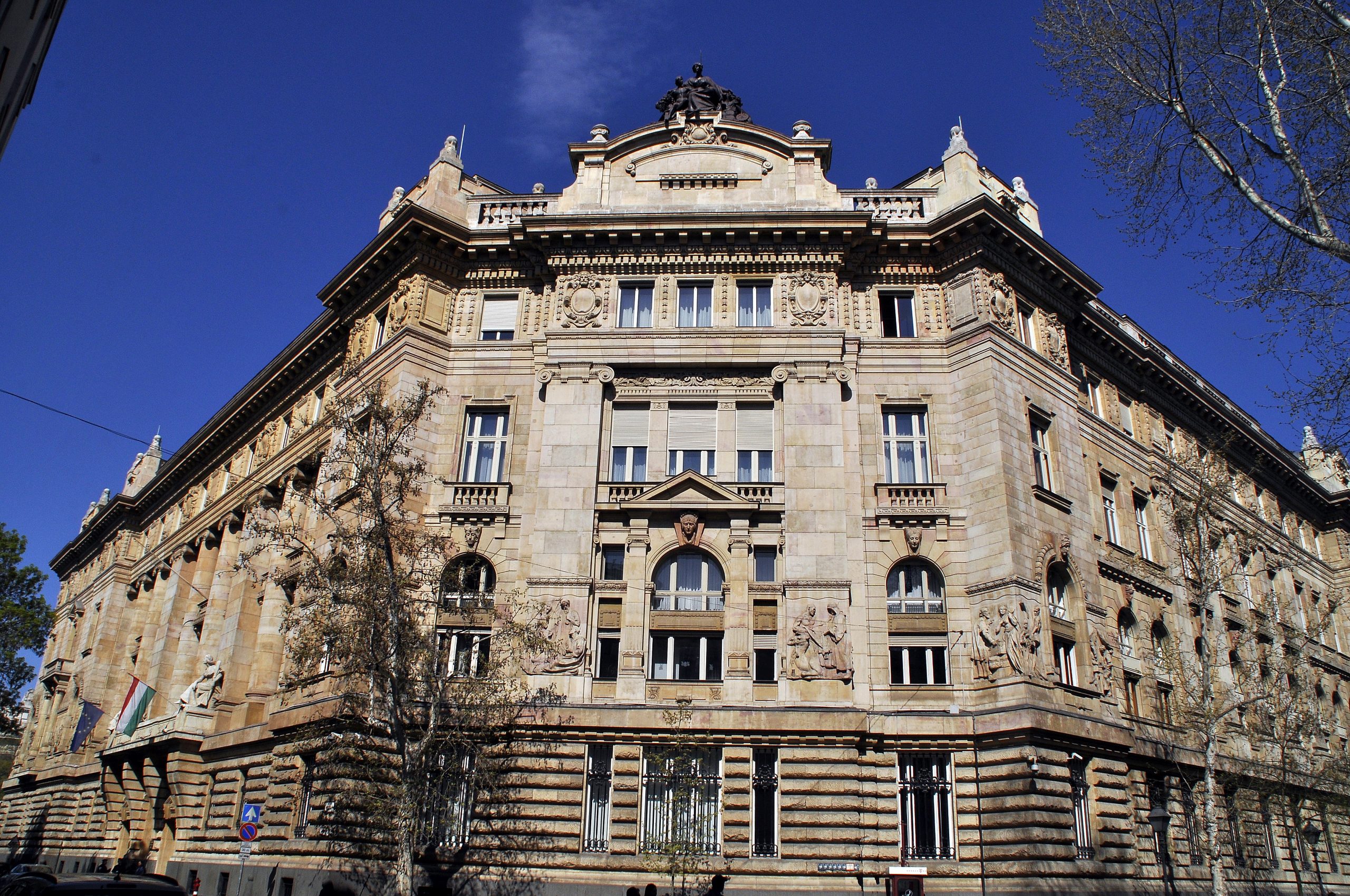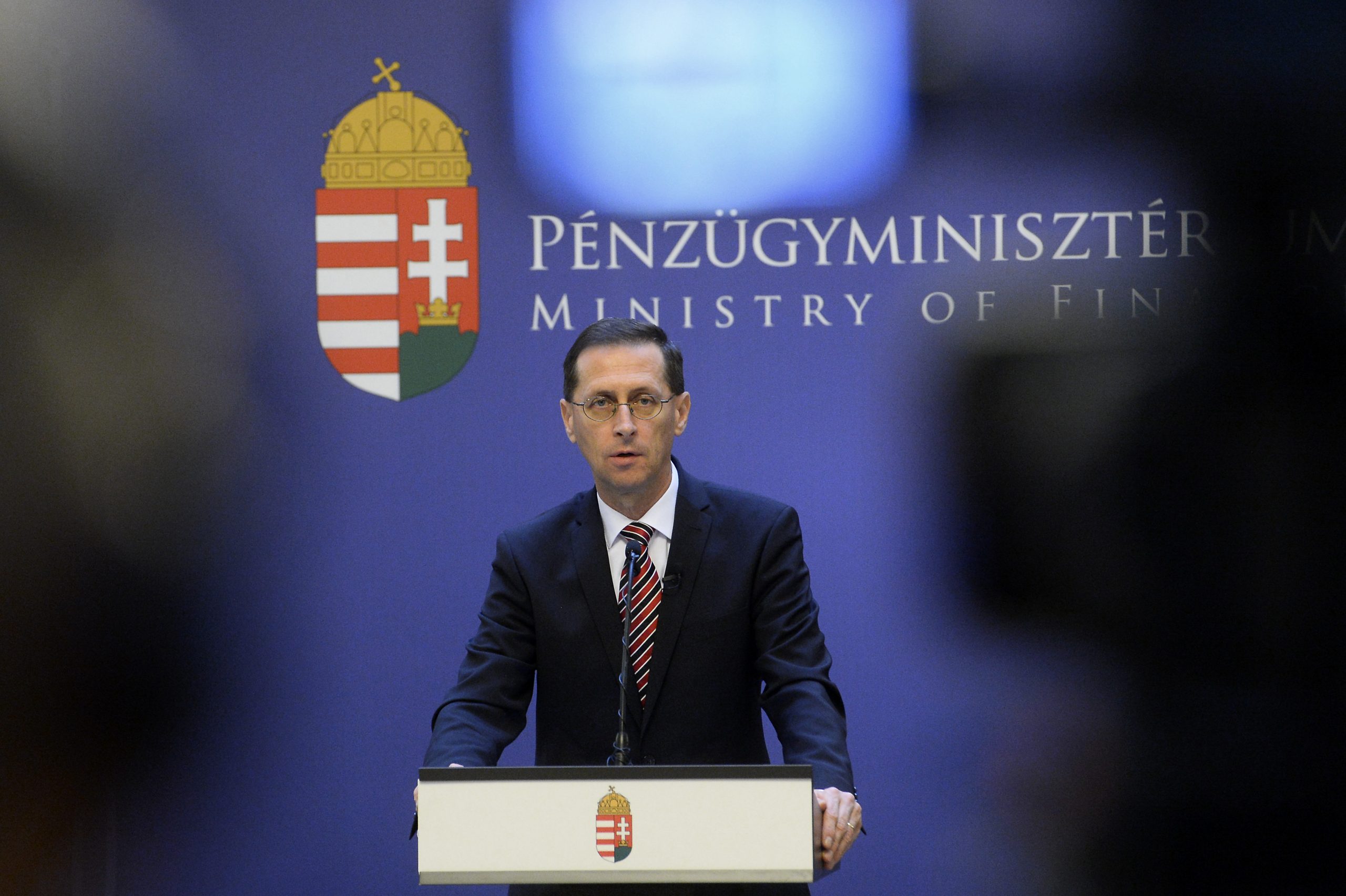
Therefore, the tightening cycle that started in July will be continued on a monthly basis, though at a slower pace.Continue reading

Thanks to the high inoculation rate, the fourth wave of the coronavirus pandemic is expected to be relatively weak in Hungary, allowing for an estimated 7 percent GDP growth this year, Finance Minister Mihály Varga told the Portfolio Economic Forum in Budapest on Tuesday.
The deficit is expected to come to 7.5 percent of GDP, he said.
Monetary and fiscal policy “must work together” to bring inflation back to around 3 percent, Varga said.
The government expects CPI to start falling from the beginning of 2022 and sees the situation “normalizing” by the summer of 2022 to make the mid-term 3 percent target achievable by year-end, Varga said.
The CPI target should be achieved gradually so as to avoid a “new wave of recession”, Varga added.
The government is committed to starting reducing the public debt, which has risen to 80 percent of GDP due to the economy protection measures in the wake of the coronavirus pandemic, Varga said.
“Politically motivated debates” with the European Union are expected to “run their course” by the end of the year, clearing Hungary’s access to the recovery funding, Varga said. Anticipating lengthy negotiations, the government took out a 4.5 billion euro loan from the market in early September, so investment programs suffered no delay, he said.
Hungary’s economy is expected to return to the growth trajectory it was on in 2019, “albeit in a slightly different structure”, Varga said. He noted, at the same time, that the external economic environment is likely to deteriorate, with austerity measures expected from the US’s Fed and the European Central Bank and high energy and transport prices, among other factors, he said.
Featured photo by Lajos Soós/MTI